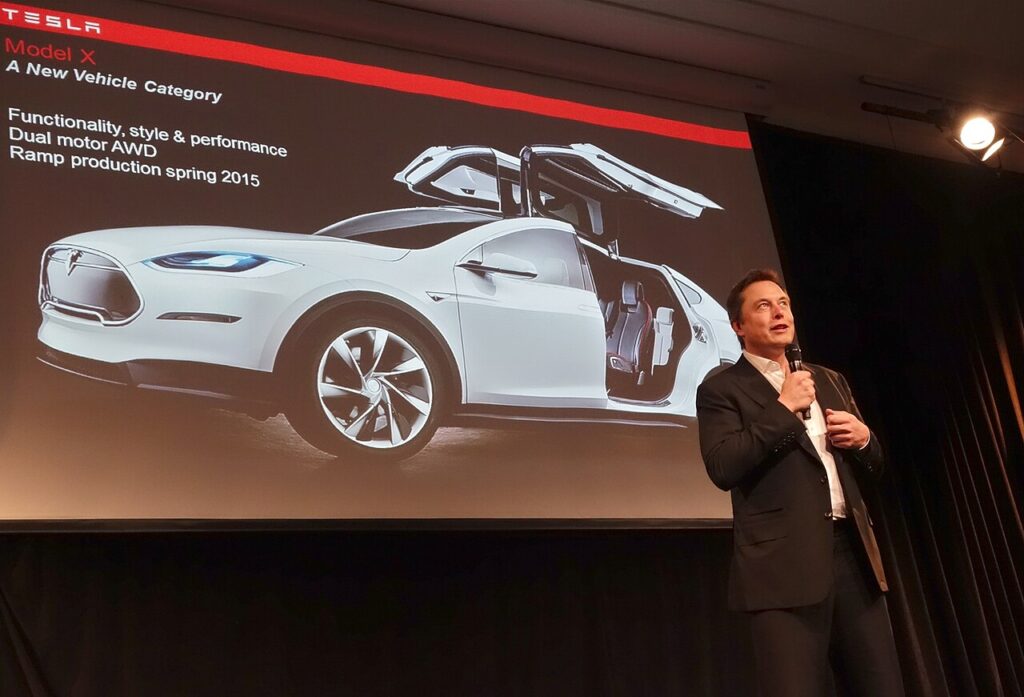Nearly 16 million Americans of driving age live in households without a car, while over a third of the U.S. population cannot reliably count on vehicle access for daily needs, according to a new analysis by the Natural Resources Defense Council (NRDC).
The findings come from NRDC’s recently launched “Access Beyond Car Ownership” map, which used U.S. Census and Centers for Disease Control data to show car ownership patterns across communities nationwide.
“Our current system leaves the one in eight Americans who regularly walk, bike, or ride public transit with unsafe and inefficient options to get around,” said Ali Lehman, research analyst at NRDC and author of the mapping tool. “Having a car shouldn’t need to be the norm, and our system shouldn’t be built like it is.”
The data reveals stark disparities in who lacks vehicle access. About 17% of Black households have no vehicle access, compared to lower rates for other racial groups. People living below 200% of the federal poverty level face even greater challenges, with 19% lacking vehicle access.
Rural residents face particularly severe mobility constraints. While only about 4% of rural Americans (approximately 4.3 million people) lack car access, they’re twice as likely to forgo necessary trips entirely due to transportation limitations compared to their urban counterparts.
The spending imbalance in transportation infrastructure compounds these problems. Current transportation dollars heavily favor drivers, with approximately 75% of “surface” transportation funding going to roads and highways, 24% to public transit, and just 1% to sidewalks and bike paths.
Age and disability create additional barriers. Many younger teens (ages 10-15) and seniors (particularly those 75 and older) face legal or practical limits to driving, increasing their reliance on others for transportation needs. People with disabilities encounter physical, legal, and financial obstacles to driving, with adaptive vehicle costs often prohibitively expensive.
Similar Posts
“Millions of Americans who cannot or choose not to drive are often invisible to those setting our transportation priorities,” said Samantha Henningson, senior transportation advocate at NRDC. “It’s time for local, state and federal policymakers to look at the real ways people are getting around and to build the transportation system that will benefit everyone.”
The new NRDC dashboard offers insights beyond simple car ownership statistics. It examines household vehicle expenses, shared vehicle arrangements within households, driving limitations due to age or disability, and time spent transporting others.
Transportation sector concerns extend beyond accessibility issues. As the largest source of climate pollution in the United States, transportation policy changes could deliver emissions reductions alongside improved mobility options.
The NRDC’s mapping tool allows users to examine non-driver concentrations by congressional district, compare transit access, and understand how financial strain, disability, age, and caregiving responsibilities affect car dependency.
The data suggests that recalibrating transportation spending could ease financial burdens on households while creating safer and more connected communities. Car ownership places significant financial strain on many families, with transportation costs representing a substantial portion of household budgets.
By offering better transportation alternatives for people to reach work, school, grocery stores, and healthcare facilities, communities could address both climate and equity concerns while improving daily life for millions of Americans who currently struggle with limited mobility options.
The NRDC’s findings challenge policymakers to design transportation systems that reflect actual mobility patterns rather than assuming universal car access.



















